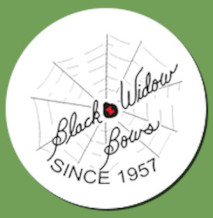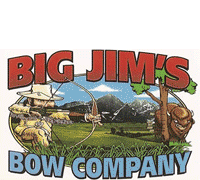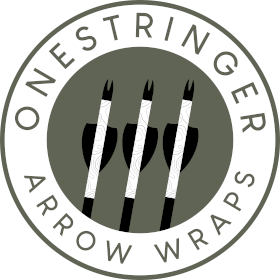Hey... interesting topic here today.
A couple things come to mind when comparing curved to straight.
Straight is cheaper to manufacture I'm sure. Since a die can be shaped almost any shape, I don't think that straight or curved is the issue as far as "easy" to make goes. However, straight means less waste of material when the pieces are stamped out of the sheet metal. Picture your kids making Sugar cookies at Christmas time in some rolled out dough. Lots of space between the little Christmas trees and snowmen. If they made the cookies square or triangle shaped, an entire sheet of dough could be used with no waste. In manufacturing, waste control is a huge issue.
On curved blades such as swords and kukaris, think about how they work. Sure they can be used to stab but I think that by design they are slashing weapons. Go one step farther and picture the "flight path" of a sword slash. By anatomical default we swing in an arc. Usually, the blade is angled slightly trailing at the tip which creates a cutting angle between the blade and the object being cut. The blade of an experienced swordsman does not hit the object at 90 degrees but at closer to 30 or 40 dgerees. Thirty three degrees would be the same angle as a 3 to 1 blade on an arrow. As the swords curved swing passes the target, the curve of the blade maintains that efficient cutting angle. If the blade were straight, the angle would increase as the blade was passing through the cut object. Maybe the ancients knew what they were doing, maybe they figured it out by accident but they stuck with it because it worked.
Now picture the path of a broadhead. The arrow travels in a straight linear path. There is no sweeping motion like swinging a sword or knife. Therefore, by design, the cutting angle of a broadhead does not change as it passes through an animal. Sure it does in reality when it contacts bone or if the animal is moving but in a best case scenario, the arrow path is linear.
As for the 3 to 1 angle, I expect it is a compromise of strength, mechanical advantage and damage to tissues. 3 to 1 seems to be the angle at which you can get enough width to do maximum damage while maintaining enough metal in the blade tip to reduce curling and have a low enough blade angle to cut well without making a head too long or too short. If you tried to make say a 5 to 1 head, it would have to be 5 inches long for a 1inch wide cut. Not only would it have to be heavier steel to avoid folding the tip but it would weigh too much for most archery setups. It's all about trade offs.



























